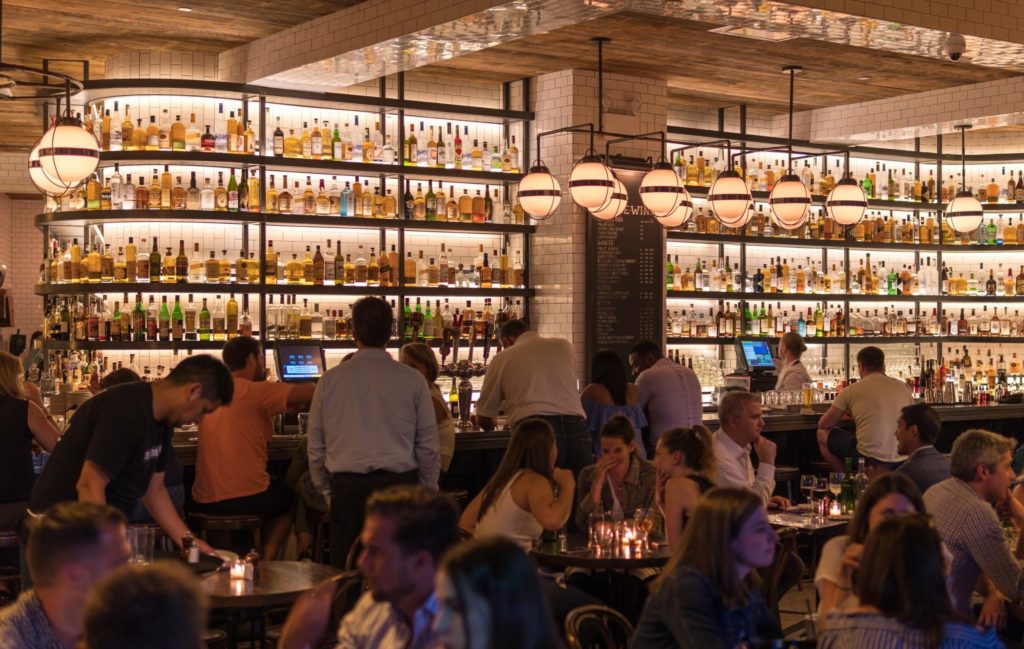Despite the continuing onslaught brought by the COVID-19 pandemic, new businesses and restaurants continue to open. Read here to know what strategies business owners have implemented to open new restaurants amid the pandemic.
The coronavirus disease 2019 (COVID-19) pandemic has caused massive economic setbacks to businesses worldwide, particularly those in the service sector, including restaurants. Restaurants and food businesses were hit hard by the pandemic. Many closed while in the middle of the pandemic, struggling to resume operations after numerous government-imposed lockdowns, social distancing, and other safety measures.
But some businesses have remained open or have opened despite the pandemic. Those who own or manage these restaurants include millennials and Gen Zs – two generations that have changed today’s business landscape. Both demographics have demonstrated a talent for entrepreneurship and innovation and are comfortable and willing to adapt in today’s digital world. In fact, 66% of millennials want to start their own business, while 40% of Gen Zs share the same sentiment.
The COVID-19 pandemic has created a new opportunity for innovative business owners to develop new products and services to offer to their customers while in quarantine.
The New Normal in Running a Restaurant Business
Restaurants depend on in-person transactions and onsite staffing; however, the younger generations have adapted quickly to the “new normal” of doing business because they have prioritized technology for doing business.
In previous years, elaborate dine-in experiences were all the rage, but with the coronavirus, the landscape has changed, shifting to what is now called “pandemic-optimized venues.”
The Centers for Disease Control and Prevention (CDC) has reported that transmissions occur in indoor spaces with inadequate ventilation. This finding then gave rise to restaurants with open-air and outdoor dining features such as gardens and patios.
Aside from observing safety protocols such as wearing of masks, practicing social distancing, and operating stores at only 50% capacity, restaurants today have shifted towards adopting best IT practices. These strategies include using digital tools and social platforms.
Below are some strategies that younger generations have done to keep their restaurants up and running amidst the pandemic.
- Create a safe and efficient kitchen.
If you’re a restaurant owner, a kitchen is a vital investment for your business. Your restaurant’s kitchen is where you’ll plan and create fresh, delicious meals for diners. You’ll also be storing raw ingredients and other food supplies here. As such, the kitchen has to reflect the best standards in food safety.
Invest in superb kitchen tools such as the stove, oven, cooking ware, baking ware, appliances, dinnerware, and utensils. Don’t forget to include hygiene and sanitation tools to ensure the safety of your diners, waiting and kitchen staff, and delivery personnel. - Focus on takeout and delivery.
With the ongoing pandemic, dine-in options have lessened in favor of takeout and delivery options. The situation has created the need for restaurant owners to reconsider their business strategies. They had to tweak their meal offerings, protect employees as they work on-site, and design unique and eye-catching packaging. The goal is to offer the same restaurant experience that diners have enjoyed before the pandemic while ensuring everyone’s safety. - Offer mobile payments as a mode of payment.
Mobile payment is more portable, accessible, and convenient to handle compared to cash. Plus, more and more people now prefer to go cashless. This precautionary measure avoids the hygiene issues surrounding the handling of paper money, coins, and even credit cards with the ongoing pandemic. - Introduce a loyalty program.
Restaurants can earn and maintain customer loyalty by introducing attractive rewards and incentives via a loyalty program. Provide loyalty programs that entitle customers to different perks such as discounts and giveaways.
One example could be a points program. Customers can earn points for every transaction they have made in your restaurant. Once they have enough accumulated points, customers can use them to redeem food items, prizes, or special deals for future purchases.
Another promotion you can introduce is a spend-based program. This promotional deal requires computing the total amount your customer has spent. Once they have reached the targeted amount, they are entitled to specific rewards. - Shift to digital marketing.
With millennials and Gen Zs changing the business landscape through digital tools, it only fits for everyone else to get on board. Traditional ad marketing or ad spending decreased when the pandemic started. Instead, businesses have shifted to digital marketing, focusing on content marketing and search engine optimization (SEO). Social media campaigns are also valuable now more than ever, so don’t miss out on this marketing platform too.
Final Message
Generally, people are more cautious when it comes to spending their money and how to enjoy certain activities, including dining out. Everyone also hopes that the COVID-19 pandemic will be over soon.
One year since COVID-19 appeared, business owners have learned how to maintain their presence in the market and make their brand visible to consumers. Some critical solutions include offering new items and services online to keep everyone safe and healthy.
It is only a matter of time when normal business operations will resume.

